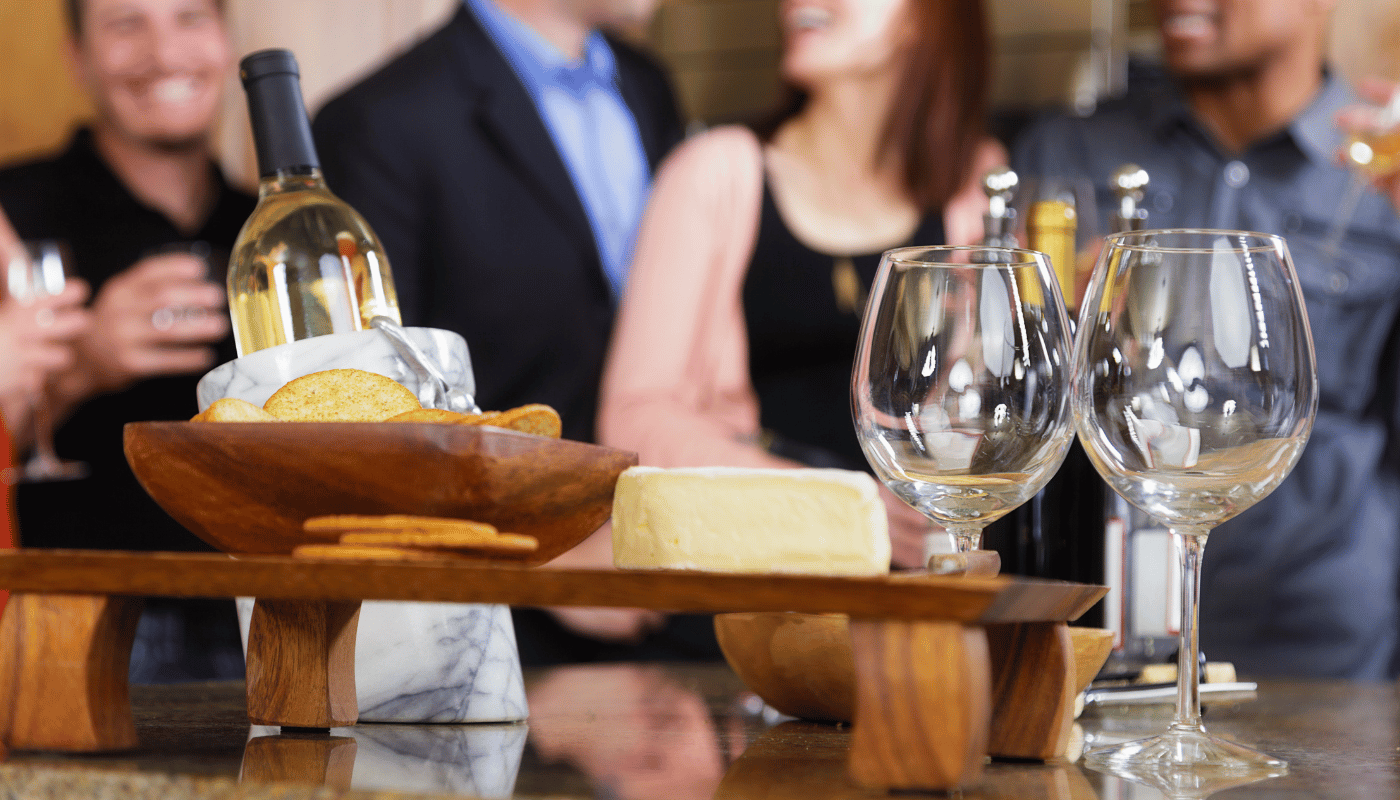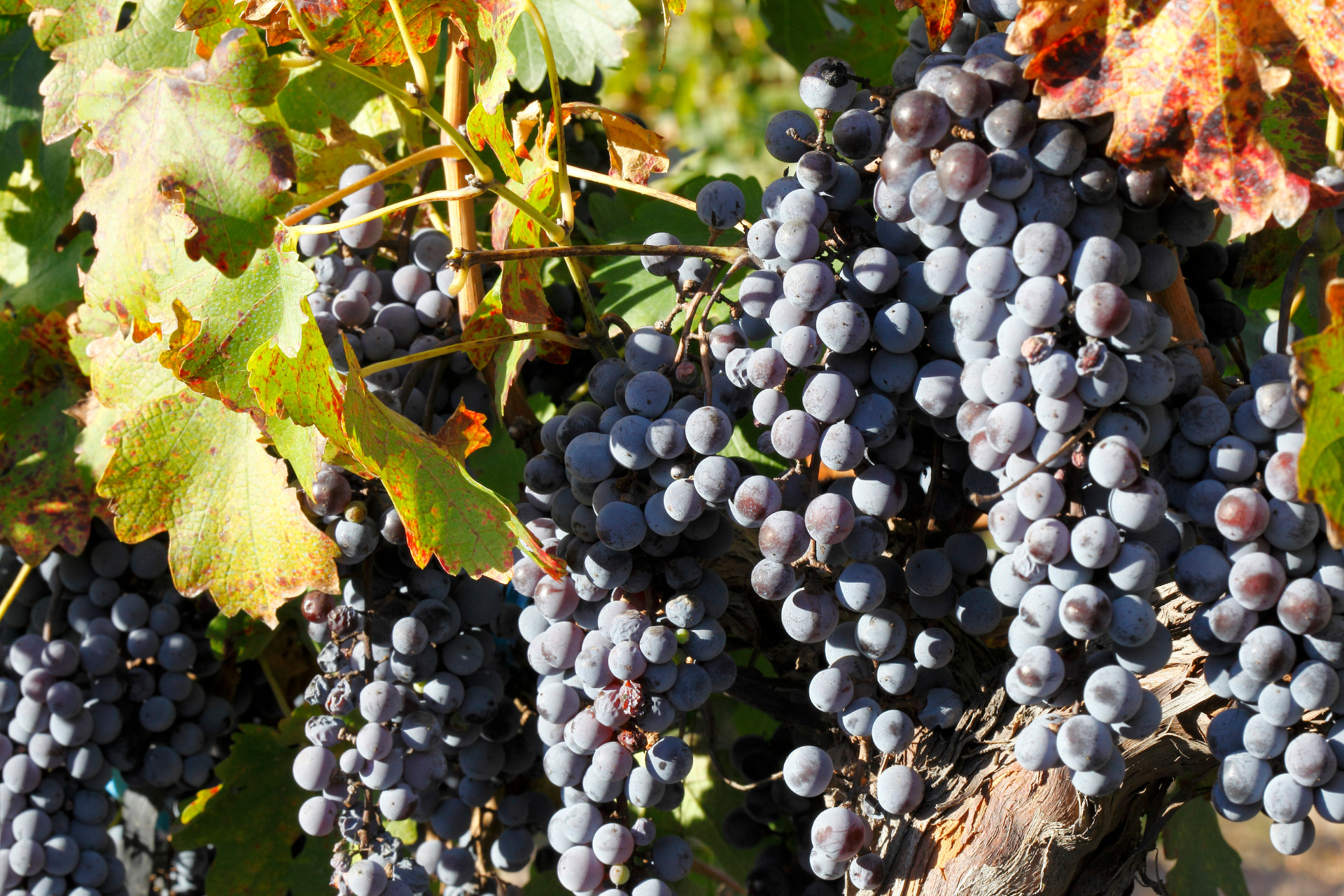How Do I Pair Wine and Cheese for a Party or Event?
How Do I Pair Wine and Cheese for a Party or Event?

Pairing wine and cheese for a party or event is both an art and a science.
The goal is to create a diverse yet harmonious selection that delights your guests, satisfies their tastes, and perhaps even introduces them to exciting new combinations. Whether you’re hosting an intimate gathering or a large celebration, thoughtful planning will ensure your wine and cheese pairings are a standout feature of the event.
This comprehensive guide helps you pairing wine and cheese for any occasion. From selecting crowd-pleasing combinations to organising a tasting order and offering adventurous pairings, these tips will help you craft a memorable experience.
Step 1: Planning Your Pairing Selection
When creating a wine and cheese pairing selection, aim for variety while ensuring harmony.
The selection should cater to different palates, showcasing a mix of flavours, textures, and styles.
1. Choose a Range of Cheeses
Offer a diverse selection of cheeses, including:
- Soft Cheeses: Brie, Camembert, or Burrata for creamy and mild options.
- Hard Cheeses: Cheddar, Parmesan, or Manchego for nutty, bold flavours.
- Blue Cheeses: Stilton, Roquefort, or Gorgonzola for strong, tangy notes.
- Fresh Cheeses: Goat Cheese, Ricotta, or Feta for light, tangy profiles.
- Washed-Rind Cheeses: Taleggio or Munster for earthy, pungent flavours.
2. Select a Variety of Wines
Include a mix of red, white, sparkling, and sweet wines to complement the cheeses.
A well-rounded selection might feature:
- Whites: Sauvignon Blanc, Chardonnay, or Riesling.
- Reds: Pinot Noir, Cabernet Sauvignon, or Malbec.
- Sparkling Wines: Champagne or Prosecco.
- Dessert Wines: Sauternes, Port, or Moscato.
3. Match Regional Pairings
Regional pairings often work beautifully, as wines and cheeses from the same area are naturally complementary.
Examples include:
- French Brie with Champagne
- Italian Pecorino with Chianti
- Spanish Manchego with Tempranillo
4. Consider Dietary Preferences
Offer options for guests with dietary restrictions or preferences.
Include lactose-free cheeses or vegan alternatives, and pair them with suitable wines.

Step 2: Balancing Crowd-Pleasers and Adventurous Pairings
For a party, balance familiar pairings that everyone will enjoy with a few adventurous options to intrigue more daring guests.
Crowd-Pleasers
These classic combinations are almost universally loved:
- Brie and Champagne: A creamy, buttery Brie pairs beautifully with the crisp, refreshing bubbles of Champagne.
- Cheddar and Cabernet Sauvignon: The sharp, nutty flavours of aged Cheddar complement the bold, tannic structure of Cabernet Sauvignon.
- Goat Cheese and Sauvignon Blanc: The tangy, fresh flavors of Goat Cheese shine when paired with the citrusy, herbaceous notes of Sauvignon Blanc.
Adventurous Pairings
For guests who love to explore new flavours:
- Blue Cheese and Sauternes: The intense saltiness of Blue Cheese contrasts delightfully with the honeyed sweetness of Sauternes.
- Washed-Rind Cheese and Gewürztraminer: The funky, earthy flavors of Munster or Taleggio pair surprisingly well with the floral, slightly sweet profile of Gewürztraminer.
- Smoked Gouda and Malbec: The smoky, caramel-like notes of Gouda match the fruity, slightly spicy character of Malbec.
Step 3: Organizing a Tasting Order
A well-organised tasting ensures guests enjoy each pairing to its fullest.
The general rule is to move from light to bold in terms of both wine and cheese.
1. Start Light
Begin with fresh and mild cheeses paired with light-bodied wines:
- Cheese: Goat Cheese or Feta
- Wine: Sauvignon Blanc or Pinot Grigio This step refreshes the palate and sets the tone for the tasting.
2. Progress to Medium-Intensity Pairings
Move on to semi-hard and soft cheeses paired with medium-bodied wines:
- Cheese: Brie, Camembert, or Havarti
- Wine: Chardonnay, Pinot Noir, or sparkling wines like Prosecco These pairings introduce richer flavours without overwhelming the palate.
3. Highlight Bold Flavours
Finish with aged and strong cheeses paired with full-bodied wines:
- Cheese: Cheddar, Parmesan, or Blue Cheese
- Wine: Cabernet Sauvignon, Malbec, or Port Ending with bold pairings ensures a memorable finish to the tasting.
Step 4: Setting Up the Tasting Experience
A visually appealing and well-organized presentation enhances the overall experience.
Here’s how to create a stunning setup:
1. Create a Cheese Board
Arrange cheeses on a board with:
- Labels identifying each cheese
- Accompaniments like fruits (grapes, figs), nuts, and crackers
- Aesthetic elements like greenery or edible flowers for decoration
2. Offer Proper Glassware
Provide the appropriate glassware for each type of wine:
- Flutes for sparkling wines
- Standard wine glasses for reds and whites
- Smaller glasses for dessert wines
3. Serve at the Right Temperatures
- Cheese: Allow cheese to come to room temperature for optimal flavour.
- Wine: Serve whites and sparkling wines chilled, and reds slightly below room temperature.

Step 5: Engaging Guests with Tips and Stories
Engaging your guests with wine and cheese pairing tips and stories can elevate the experience.
Share insights such as:
- Why certain wines complement specific cheeses.
- Regional histories behind pairings (e.g., the tradition of Champagne and Brie in France).
- Fun facts about the production of the wines and cheeses.
Step 6: Troubleshooting Common Pairing Challenges
Pairing wine and cheese for a party may come with some challenges.
Here’s how to address them:
1. Acidity Clashes
High-acid wines can clash with certain cheeses.
For example, a very acidic Sauvignon Blanc may overpower a mild Brie.
In such cases, switch to a wine with a rounder profile, like Chardonnay.
2. Overwhelming Flavours
Bold wines can overshadow delicate cheeses.
Ensure that strong cheeses are paired with equally robust wines to maintain balance.
3. Satisfying All Palates
Not everyone will love every pairing.
To cater to varied tastes, provide a mix of classic and adventurous options and encourage guests to try different combinations.
Sample Pairing Menu for a Party
Here’s an example of a well-rounded pairing menu:
1. Light Pairings
Cheese: Goat Cheese
Wine: Sauvignon Blanc
2. Mild Pairings
Cheese: Brie
Wine: Champagne
3. Medium Pairings
Cheese: Gruyère
Wine: Pinot Noir
4. Bold Pairings
Cheese: Aged Cheddar
Wine: Cabernet Sauvignon
5. Adventurous Pairing
Cheese: Blue Cheese
Wine: Sauternes
Conclusion: Making Your Party Memorable
Pairing wine and cheese for a party is an opportunity to impress your guests and create a delightful sensory experience.
By curating a diverse selection, balancing crowd-pleasers with adventurous options, and organising the tasting thoughtfully, you can craft an event that’s both fun and educational.
Remember, the most important aspect is to enjoy the process, celebrate the flavours, and share the joy of wine and cheese with your guests.
Wine and Cheese Affair News


